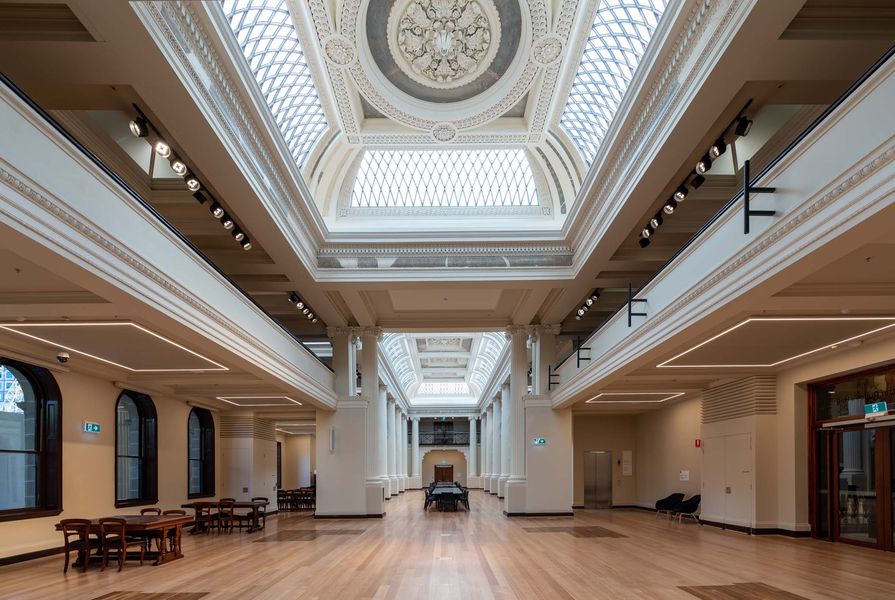In 2020, the world’s largest architecture practices doubled their earnings while reducing the number of architects they employed, a survey has found.
The annual World Architecture Top 100 (WA100) survey conducted by British Building Design magazine received responses from 1,000 practices worldwide and ranked them in order of number of fee-earning architects employed.
“This year’s WA100 survey indicates that billings at the four biggest architects almost doubled to nearly $4bn. That fee income was earned against the backdrop of a 9 percent fall in the number of architects employed by the big four,” the survey report states. “Across the whole top 100, the number of architects contracted by 7.5 percent”
The top four in 2021 are Gensler (US), Nikken Sekkei (Japan), HDR (US) and Sweco (Sweden).
Five Australian practices are ranked within the top 100, with Bates Smart edging up to 46 (from 52 in 2020) while retaining similar numbers of architects. GHD Woodhead climbed to 48 (from 59) thanks to an additional 27 architects on the payroll (228 compared to 201). Architectus fell dramatically from 48 to 86 after more than halving their number of architects from 252 to 110, despite increasing their fee income from US$40-49 million to $60-69 million. Hames Sharley’s ranking was also relatively steady at 94 (from 95) and new to the WA100 was Mode Design at 95.
The WA100 survey found that “almost two-thirds (64 percent) report that the pandemic has hit their firm’s financial position over the past six months. The biggest impact has been on projects that were still on the drawing board when the pandemic hit.”
The numbers echo a survey of Australian architects conducted by the Association of Consulting Architects in March 2020 which found at 89 percent of responding practices have had, or were expecting, projects to be cancelled or put on hold.
Globally, 48 percent of respondents expect the construction economy to remain stagnant in 2021, while 28 percent are anticipating decline.
The survey also found that “the regions tipped for growth are Central Asia and the Pacific Rim – in other words India and China.” However, editor Elizabeth Hopkirk warns, “Architects that choose to be drawn into China’s repressive orbit, in particular, must give serious consideration to their ethical red lines.”
In Australia, practices are expecting to be buoyed by government stimulus, including infrastructure projects, as well as growth in sectors such as civic, health, education and defence.
The full WA100 2021 report can be found on the Building Design website.
















